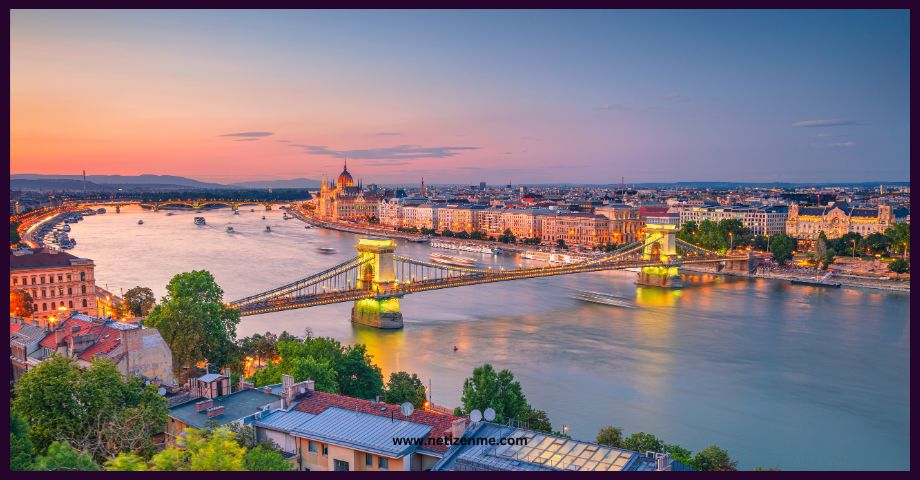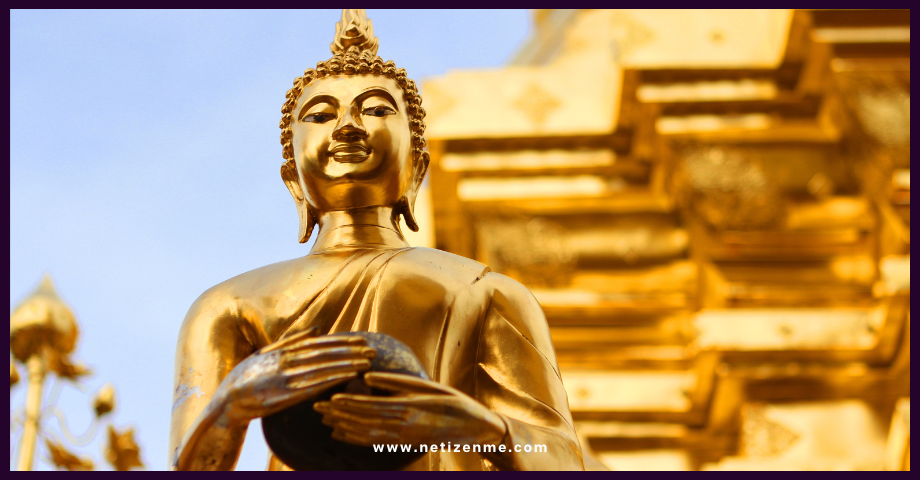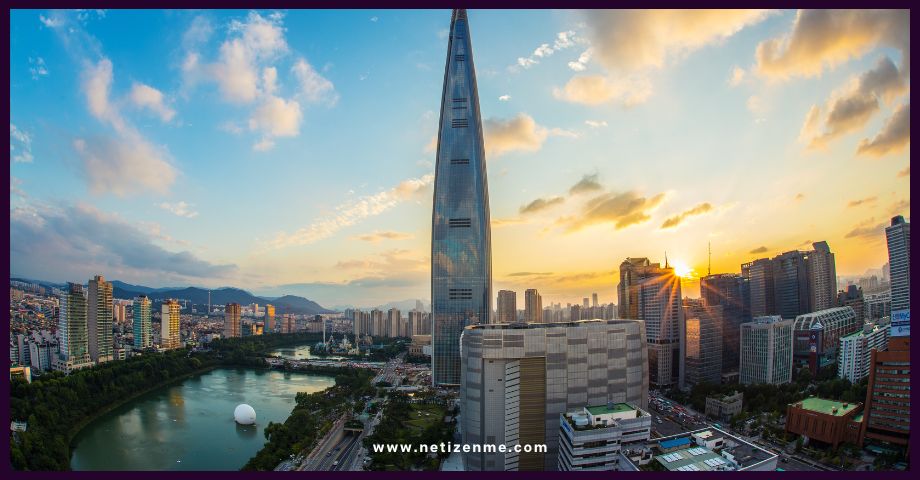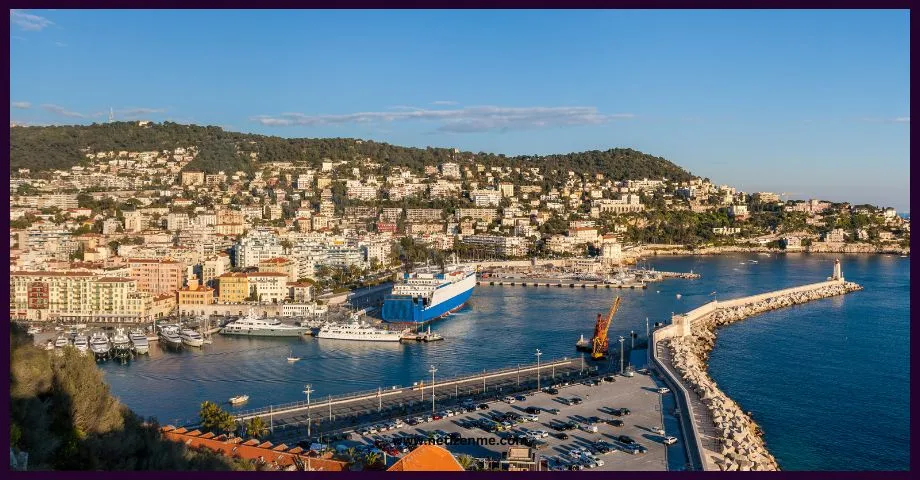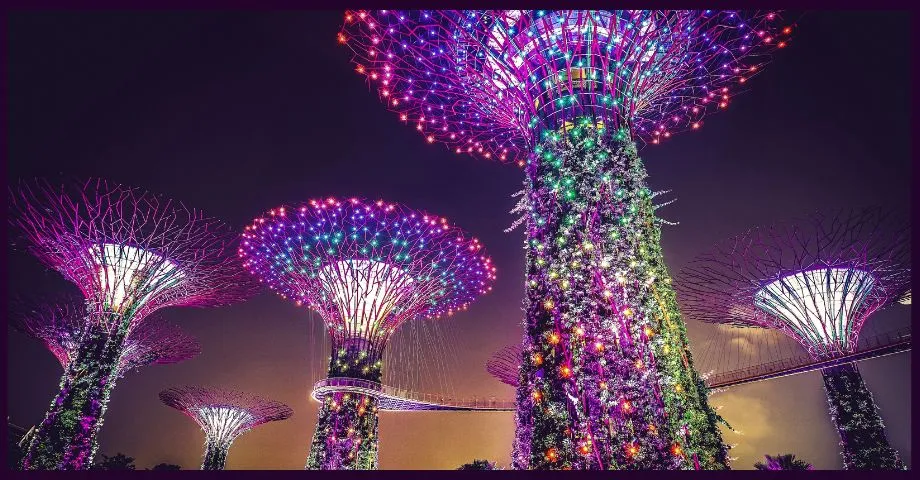I recently had the privilege of venturing into the heart of Europe, immersing myself in Budapest, Hungary’s rich history and exploring Budapest’s Architectural wonders. This article summarises my experiences exploring key sites, shedding light on their historical significance and architectural nuances during my visit.
Exploring Budapest: A Journey Through Time and Architecture
Hungary, nestled in the heart of Europe, this enchanting country beckons with a rich tapestry of culture, architecture, and stories that span centuries.
With its capital, Budapest, as our focal point, Hungary invites travellers to explore a land where history and innovation merge. From the regal Buda Castle District to the architectural marvels of the Széchenyi Chain Bridge, every corner of this nation tells a tale of resilience and cultural pride.
Beyond conventional tourist routes, our exploration ventured into the narratives of an abandoned power plant and the tranquil retreat of Margaret Island. This account aims to unravel Hungary’s past, present, and future through the lens of Budapest’s architectural landmarks, offering insights into the vibrant spirit that characterizes this Central European destination.
1. Buda Castle District: Unveiling Centuries of Splendor
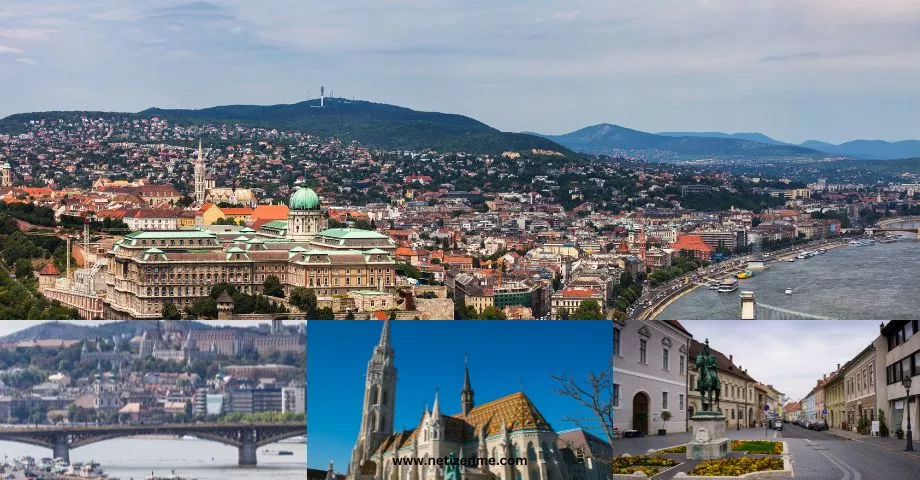
Commencing the journey at the Buda Castle District, a UNESCO World Heritage Site, revealed centuries of Hungarian history. Dominated by a historical castle and palace complex, this district invites visitors to traverse cobblestone streets and explore artifacts dating back to 1265.
Completed in 1769, the Baroque-style palace is a testament to Hungary’s grandeur, with roots dating back to 1265. I opted for a guided tour to delve deeper into this historical gem. The Budapest History Museum and the Hungarian National Gallery within the former Royal Palace offer a fascinating glimpse into the nation’s past.
Castle Hill, integral to the Várnegyed, accommodates museums and shops, providing panoramic city views. While advanced booking isn’t obligatory, a guided tour enhances the experience, elucidating the castle’s intricate history.
2. Hungarian State Opera House: A Symphony of Elegance
Next on my agenda was a rendezvous with Neo-Renaissance opulence at the Hungarian State Opera House. Completed in 1884, this architectural masterpiece boasts a grand chandelier weighing three tonnes, adorned with almost three kilograms of gold. Despite its closure for refurbishments until early 2020, tours offered a backstage pass to its lavish interior.
Stepping into the world of music and grandeur, the history echoed through every corridor. The meticulous gilding of cherubs and nymphs testified to the craftsmanship of a bygone era, underscoring Budapest’s commitment to preserving its cultural heritage.
3. Vajdahunyad Castle: A Fairy Tale in Stone
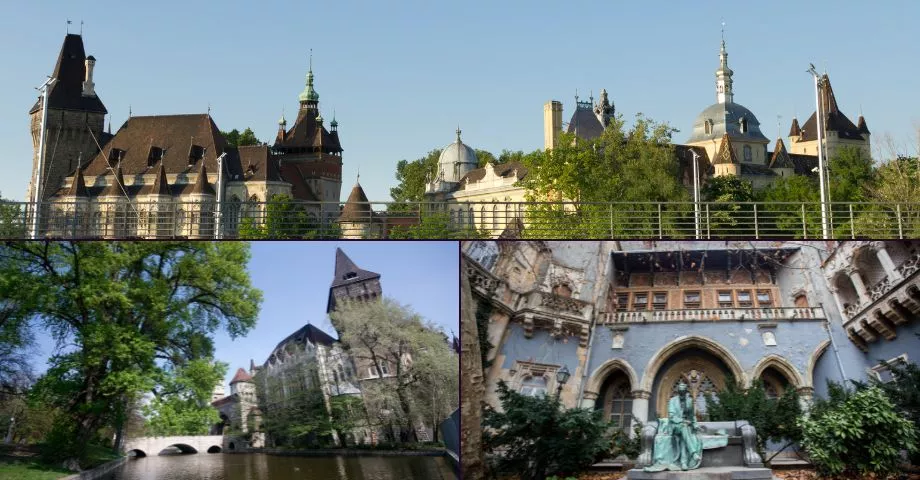
My journey through Budapest’s architectural marvels led me to Vajdahunyad Castle, a fairytale-like structure in City Park. Built-in 1896 to commemorate Hungary’s millennium, the castle’s charm extends beyond its stone walls. Initially constructed from wood and cardboard, its popularity prompted a reconstruction in 1908, transforming it into a captivating landmark.
Surrounded by a boating lake in summer and an ice rink in winter, the castle houses the Museum of Hungarian Agriculture. Strolling through its halls, one observes the fusion of history and innovation within the castle’s walls.
4. Széchenyi Chain Bridge: Bridging the Past and Present
A stroll across the Széchenyi Chain Bridge transported me across the River Danube, connecting Buda to Pest. Designed by William Tierney Clark and built by Adam Clark in 1849, it stands as a symbol of unity, linking the east and west of the city. Walking tours provided insights into the bridge’s engineering marvels, a testament to the 19th-century spirit that shaped Budapest.
The Széchenyi Chain Bridge isn’t merely a crossing; it’s a journey through time. Connecting Széchenyi Square to Adam Clark Square is a reminder of Budapest’s ability to bring people from all walks of life together.
5. Abandoned Power Plant: A Silent Witness to Budapest’s Energy Legacy
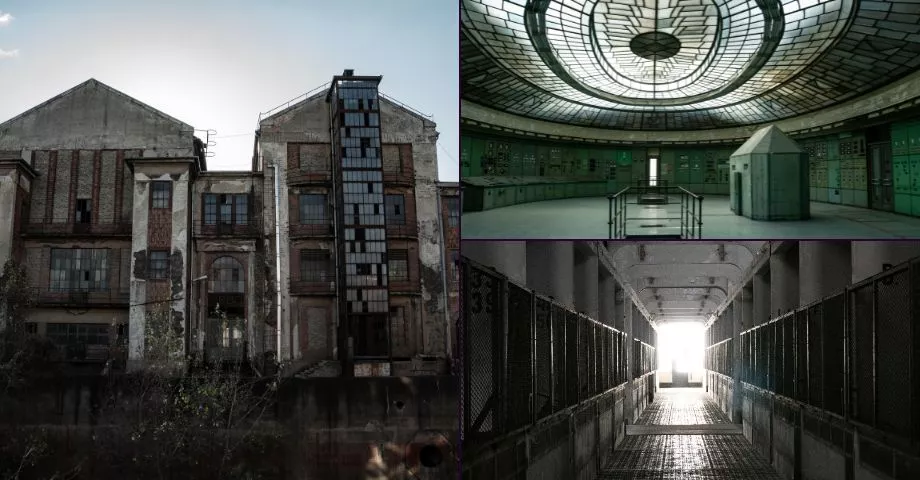
Venturing off the beaten path, I found the enigmatic story of Kelenföld Power Station, the abandoned power plant that once fueled over 60% of Budapest’s energy, fascinating. Built in 1914 and closed in 2007, it is a silent testament to the city’s changing energy landscape.
The art deco control room, designed by architects Kálmán Reichl and Virgil Borbíró, is a hauntingly beautiful time capsule. Protected by Hungarian law, it remains untouched, allowing visitors to witness the play of sunlight through its unique roof. Despite its closure, the power plant stands well-preserved, a poignant reminder of Budapest’s industrial past.
As I explored the Kelenföld Power Plant, I couldn’t help but marvel at the architectural resilience that withstood the threats of World War II. With its thick walls and intriguing history, the control room has even served as a backdrop for movies like Spy, Dracula, the Chernobyl Diaries and music videos such as ‘Standing Next to You’ by Jung Kook of BTS.
6. Margaret Island: Nature’s Retreat in the Heart of Budapest
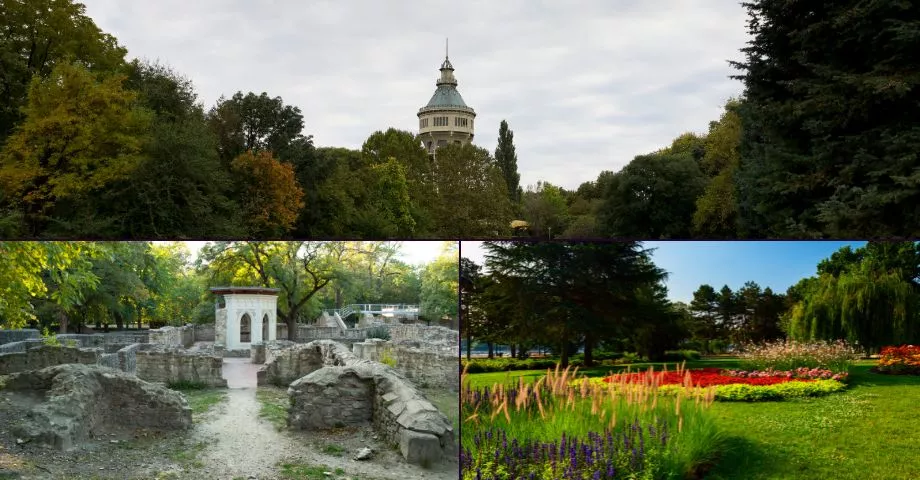
Nestled between the Margaret and Árpád Bridges, Margaret Island unfolds as a verdant oasis on the River Danube. Stretching 2.5 kilometres, it offers a myriad of delights, from open-air swimming pools to running trails and the remnants of a 13th-century Dominican convent.
However, The pièce de résistance is the dancing musical fountain, one of Europe’s most significant and dramatic. With water jets synchronized to a diverse playlist, it’s a sensory experience that adds a touch of magic to this natural retreat.
7. Heroes’ Square: Where History Stands Tall
As my journey neared its conclusion, I found myself at Heroes’ Square, a monumental tribute to Hungary’s past. Positioned at the tip of Andrássy Avenue, this square, built in 1896, stands as a symbol of national pride.
The colossal Seven Chieftains of the Magyars statue complex and the Memorial Stone of Heroes pay homage to those who defended Hungary. Surrounding the square, the Museum of Fine Arts and the Palace of Arts offer cultural enrichment, making it an essential stop on any Budapest itinerary.
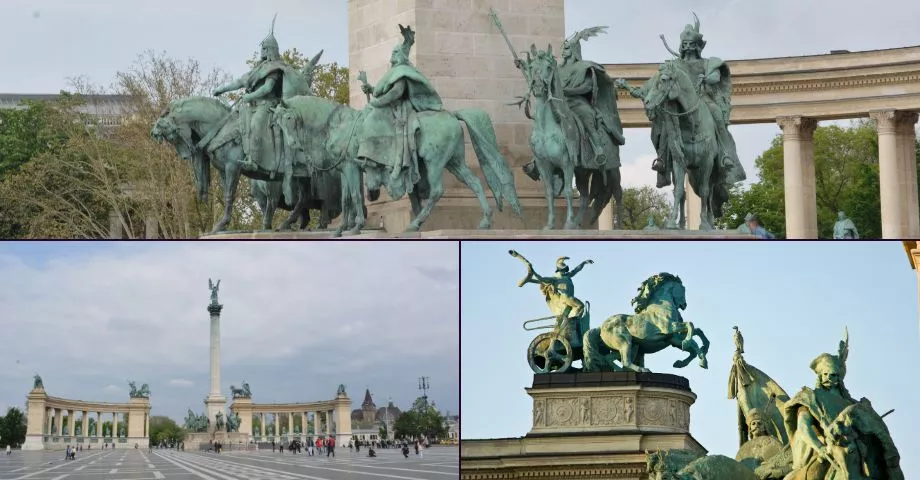
Budapest’s Architectural Wonders
Budapest’s architectural tapestry weaves a narrative of resilience, innovation, and cultural richness. From the regal halls of Buda Castle to the silent echoes of an abandoned power plant, each landmark tells a story that resonates through the ages.
This article is written by:
Chenayah enjoys exploring and writing about her passions, including languages and travel. She leverages her diverse educational background in Business, Psychology, and Linguistics to enrich her writing endeavors.
